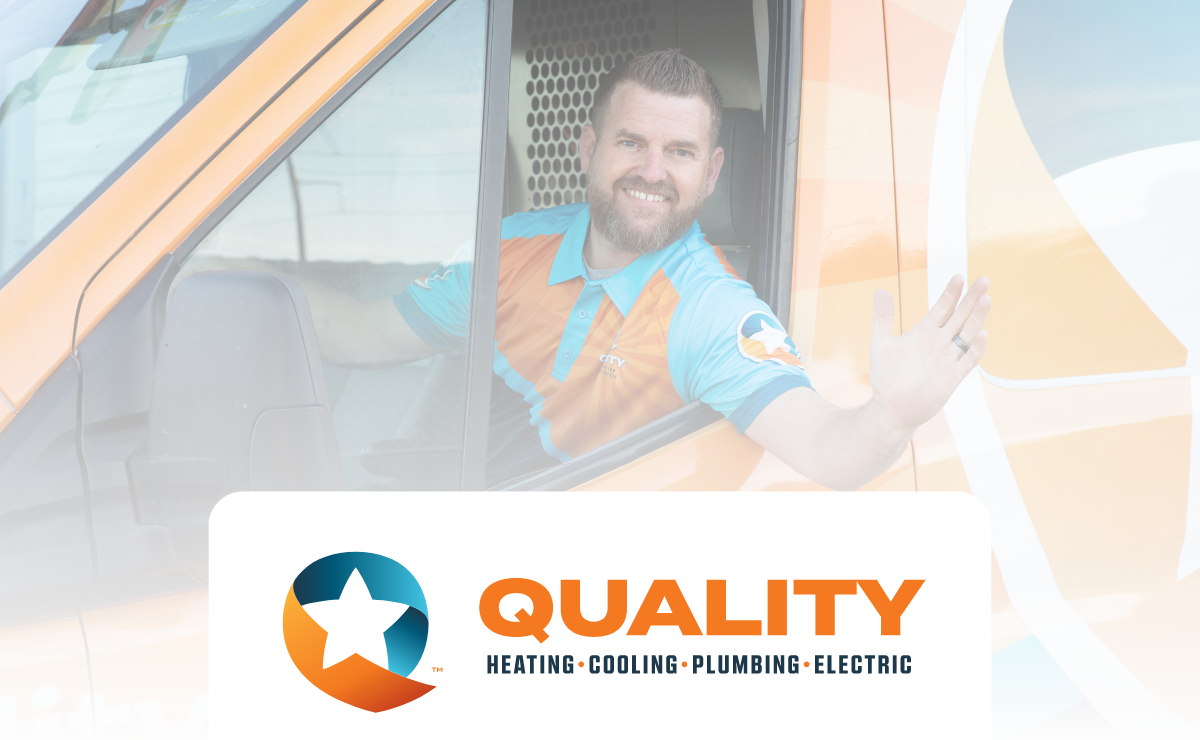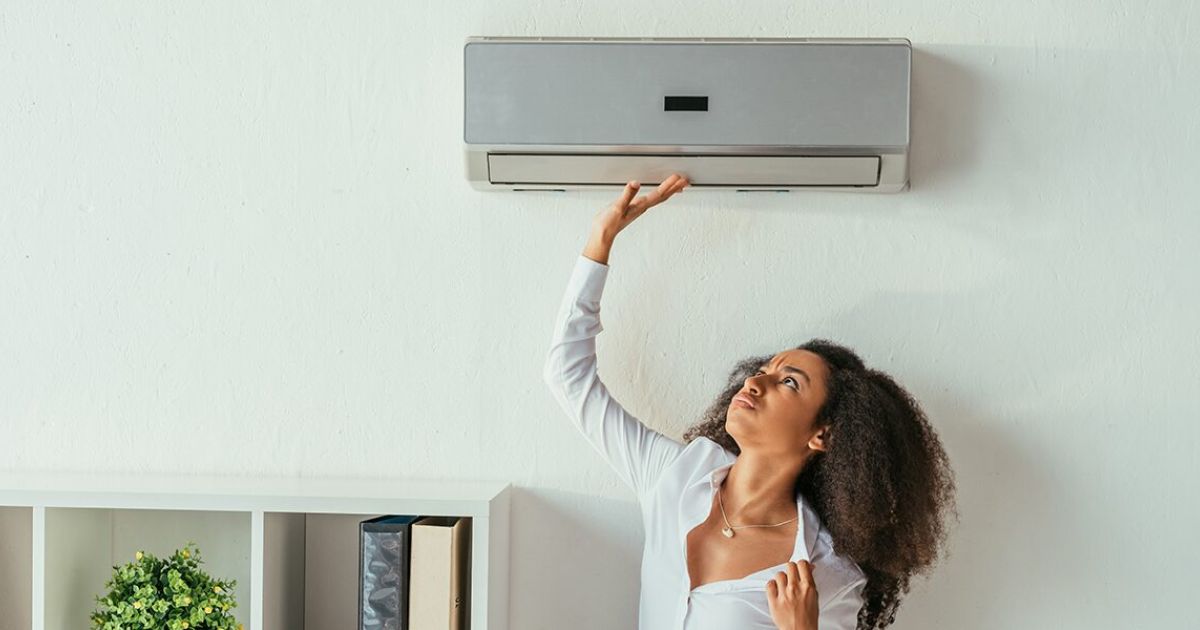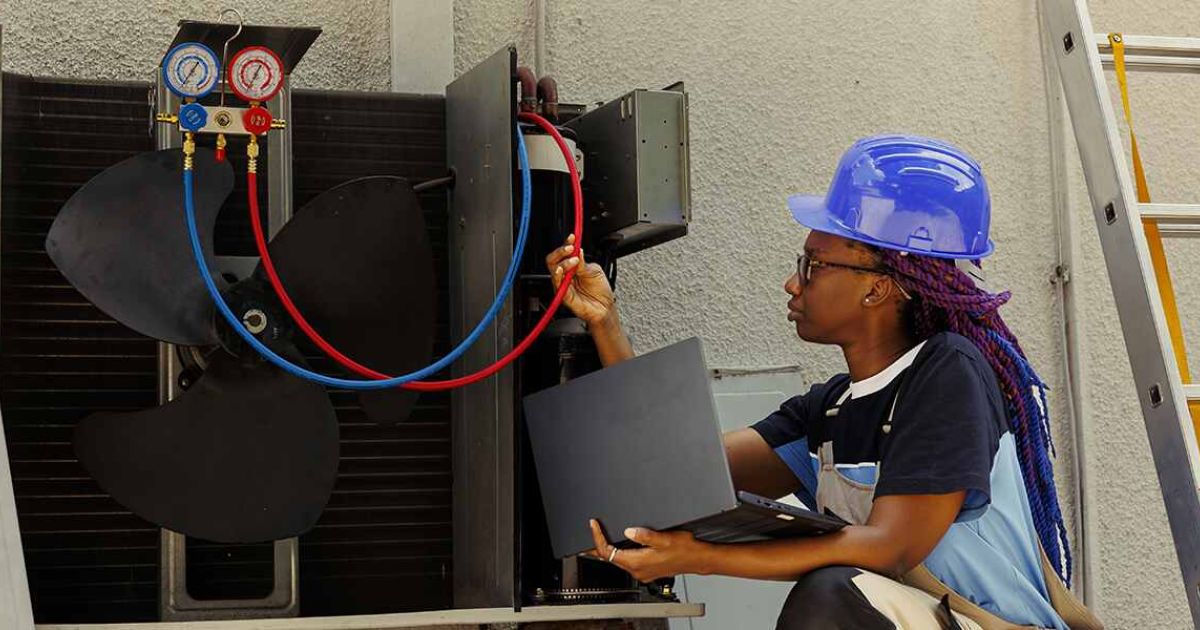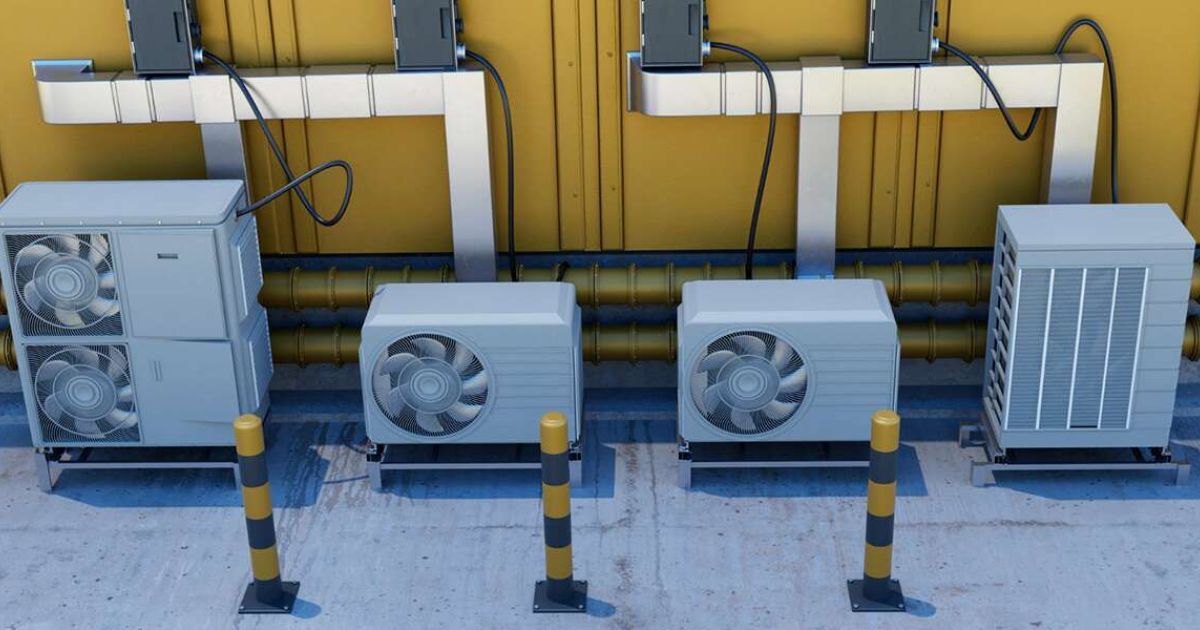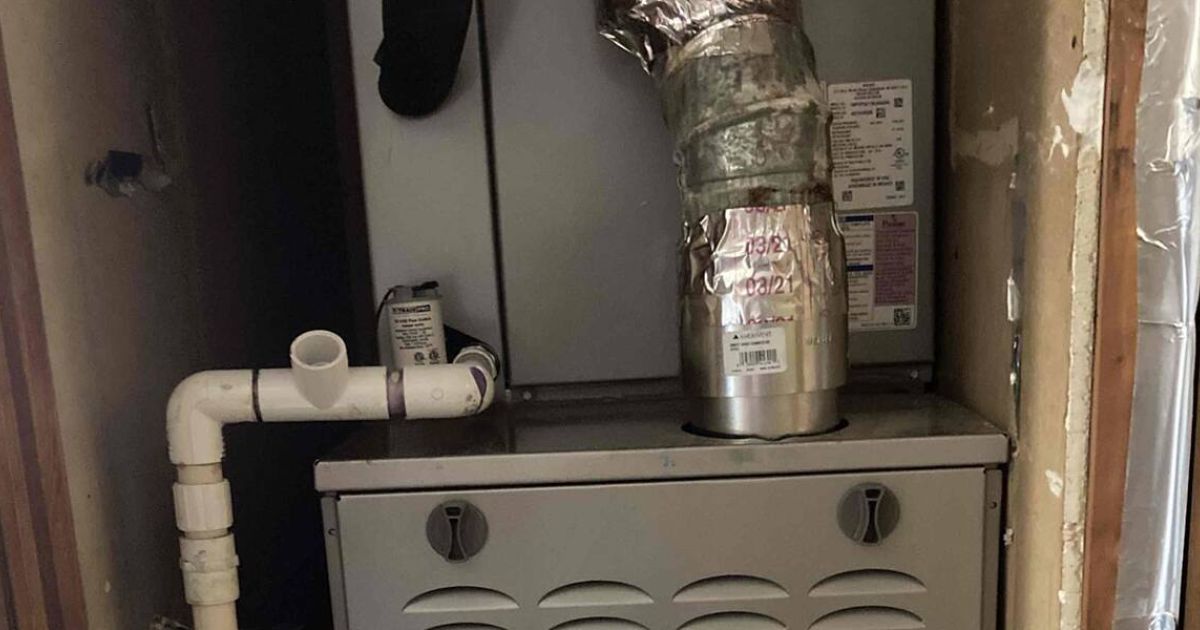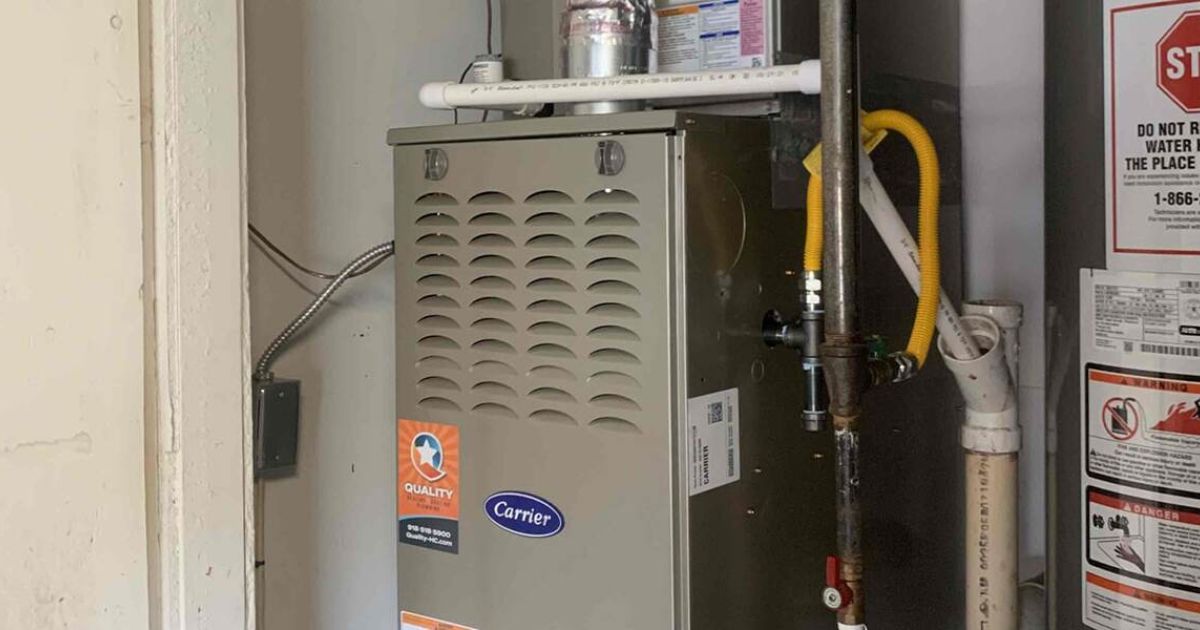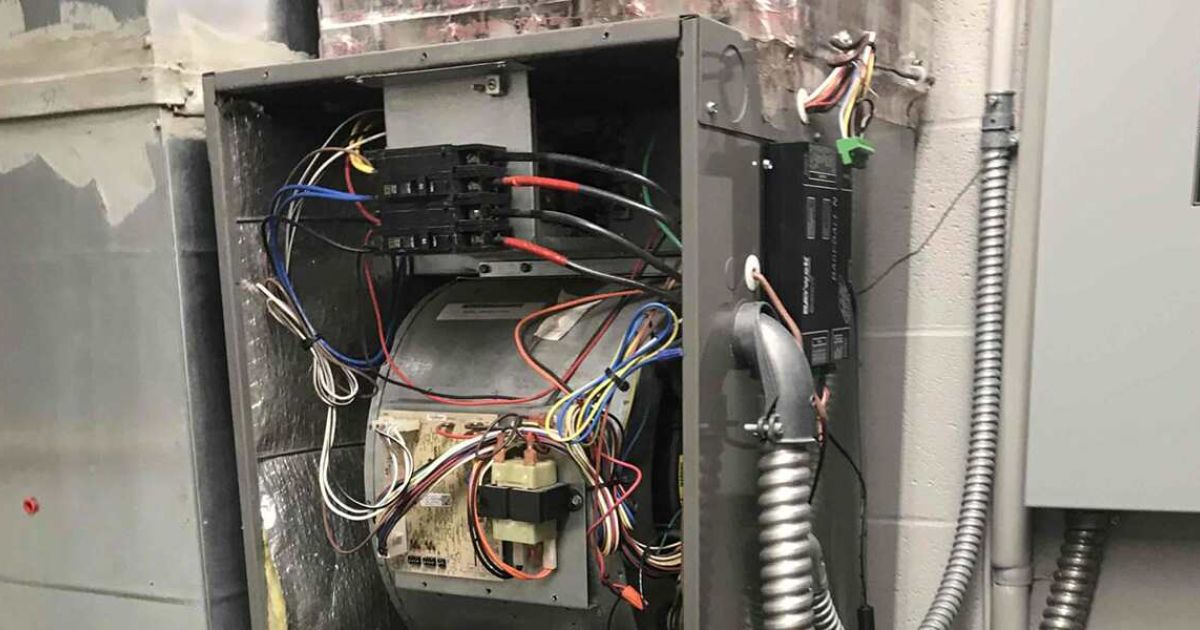Can a Thermostat Go Bad: 10 Signs You Should Replace It

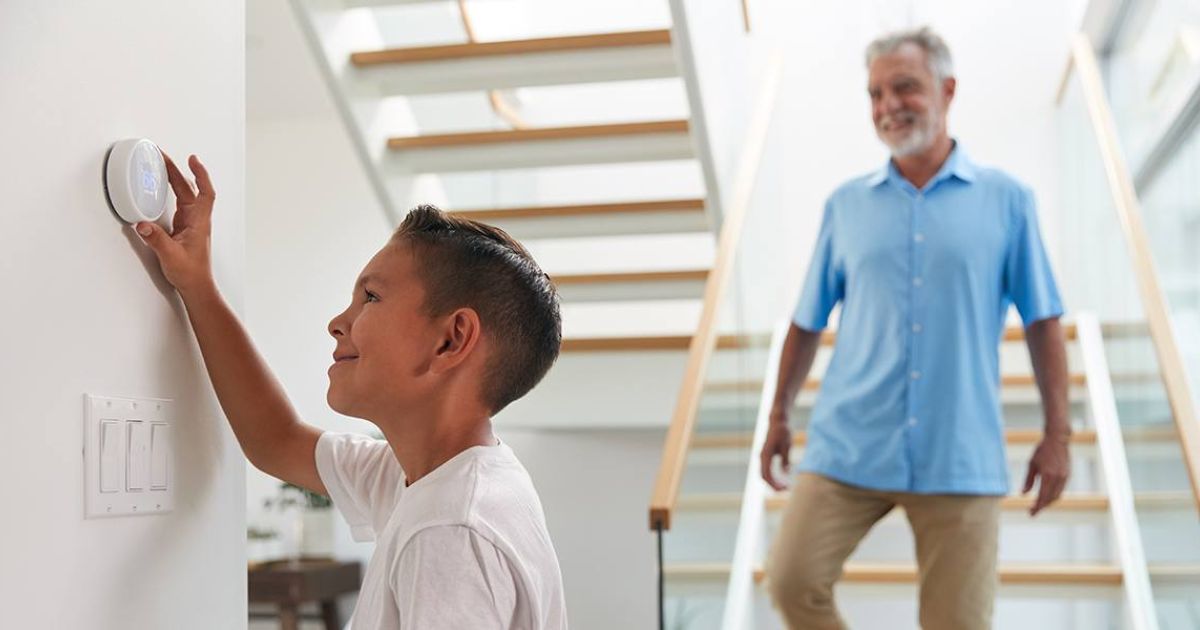
Homeowners count on their HVAC systems to keep their houses comfortable throughout the year. When the winter’s frigid cold approaches, they rely on their furnaces to stay cozy and warm. When those summer heat waves show up, they use their air conditioners to provide them with soothing indoor temperatures.
While many components in an HVAC system can experience wear and tear over time, many people wonder, “Can a thermostat go bad?” At Quality Heating, Cooling & Plumbing, Tulsa’s heating and cooling experts, we’ve put together a list of signs that indicate you have a bad thermostat so you’ll know when to call an HVAC professional to replace it.
For the most reliable and efficient HVAC service in Tulsa, OK, call Quality Heating, Cooling & Plumbing today!
1. Your HVAC System Turns on or off Randomly
Can a Thermostat go bad? Absolutely. Your thermostat is the central line of communication between you and your HVAC system, so it’s imperative that it works properly and reliably.
When you program your thermostat setting, it sends a signal to the system to raise or lower your home’s temperature accordingly. If the heater or air conditioner isn’t receiving the signal, the system won’t regulate your indoor temperature correctly.
This problem is usually related to the wiring inside the thermostat. Over time, the wires may become frayed or damaged, which cuts off the thermostat’s communication with the system from time to time. A licensed HVAC technician can inspect the system and tell you if you have a broken thermostat or if another component is causing the problem.
2. Your Home’s Temperature Fluctuates Often
A malfunctioning thermostat will have trouble keeping your home’s temperature at the right setting. If there’s something wrong with the motherboard, it may change its own settings at random.
You can test the thermostat by lowering the settings to see if the problem persists. If so, an experienced professional can inspect the system and diagnose the problem.
3. Your Thermostat Reads Temperatures Incorrectly
For your HVAC to properly heat and cool your home, your thermostat must be able to read indoor temperatures accurately. If your house feels warmer or colder than your thermostat indicates, it may be time to replace it.
You can use a handheld ambient air thermometer to check that your thermostat reading is correct. If there’s a discrepancy between the two devices, your thermostat is not functioning correctly. This issue could stem from a manufacturing flaw or mistreatment of the device over time.
4. Your Energy Bills Have Gotten Inexplicably High
When your HVAC system doesn’t work correctly, it lowers energy efficiency. Many components in the system can malfunction, causing the system to work harder than it should. When the system burns more energy than it’s supposed to, your energy bill will increase dramatically.
If you have a faulty thermostat, it won’t send the proper signals to the rest of the system. A thermostat that no longer reads temperature accurately will have your HVAC system working overtime – using far more power than it needs. Having an HVAC professional perform routine maintenance checks on your system will prevent it from wasting energy and increasing your utility bills.
5. Your Thermostat Has No Power
One of the most obvious signs you need to replace your thermostat is when it doesn’t do anything. If your thermostat display doesn’t light up or respond when you press buttons or try to change the settings, you may have to replace it.
Before assuming you have a broken thermostat, make sure it has fresh batteries. It’s a simple thing many people overlook when making an appointment with an HVAC contractor. Don’t waste your time and money just to have someone come out and hand you a pair of AA batteries.
6. Your Thermostat Is Old
Most household thermostats will last about ten years. As they get older, they start to malfunction and become unreliable. If your thermostat is more than a decade old and is not working as well as it once did, it may be time to pick a new model.
A thermostat is a piece of technology. Like all technology, constant improvements and updated versions are hitting the market every day.
You can update your system with a programmable thermostat, letting you set your preferred indoor temperatures throughout the day. You can even purchase a smart thermostat that allows you to control your HVAC system remotely with your tablet, smartphone, or smart speaker.
7. Your Heater and Air Conditioner Won’t Turn On
If you hear clicking, but the heater and air conditioner won’t respond, it usually means you have a broken thermostat. An issue with the relay switch or the motherboard could cause this problem. It could also be a case of faulty wiring.
8. Your Heater or Air Conditioner Won’t Shut Off
When the thermostat can’t communicate with the heater or AC, it can’t send a signal for them to shut off. If your home seems like it’s reached the proper temperature, but your HVAC is still running, call a professional to inspect the system.
9. Your Thermostat Doesn’t Respond to Setting Changes
When you change the setting on your thermostat, you should hear some soft clicks immediately, followed by your HVAC booting up. If you change your temperature settings and the system doesn’t respond quickly, the thermostat is probably going bad.
10. Your HVAC System Is Short Cycling
When your thermostat can read indoor temperatures correctly, the system will run for short heating or cooling cycles and shut off. Before long, the system will start and stop again. Short cycling puts undue strain on the system and lowers energy efficiency.
Thermostat Replacement in Tulsa, OK
If you were wondering, “Can a thermostat go bad?” before reading this guide, now you know the answer. At Quality Heating, Cooling & Plumbing, we install the most advanced and user-friendly thermostats on the market. Click the link to learn where should a thermostat be placed in your home, and call our Tulsa, OK, office at 918-212-0122 to schedule an appointment today.

Cassie Pound is the Vice President of Quality Heating, Cooling, Plumbing & Electric with locations in Tulsa, Glenpool, and Bartlesville, Oklahoma.
